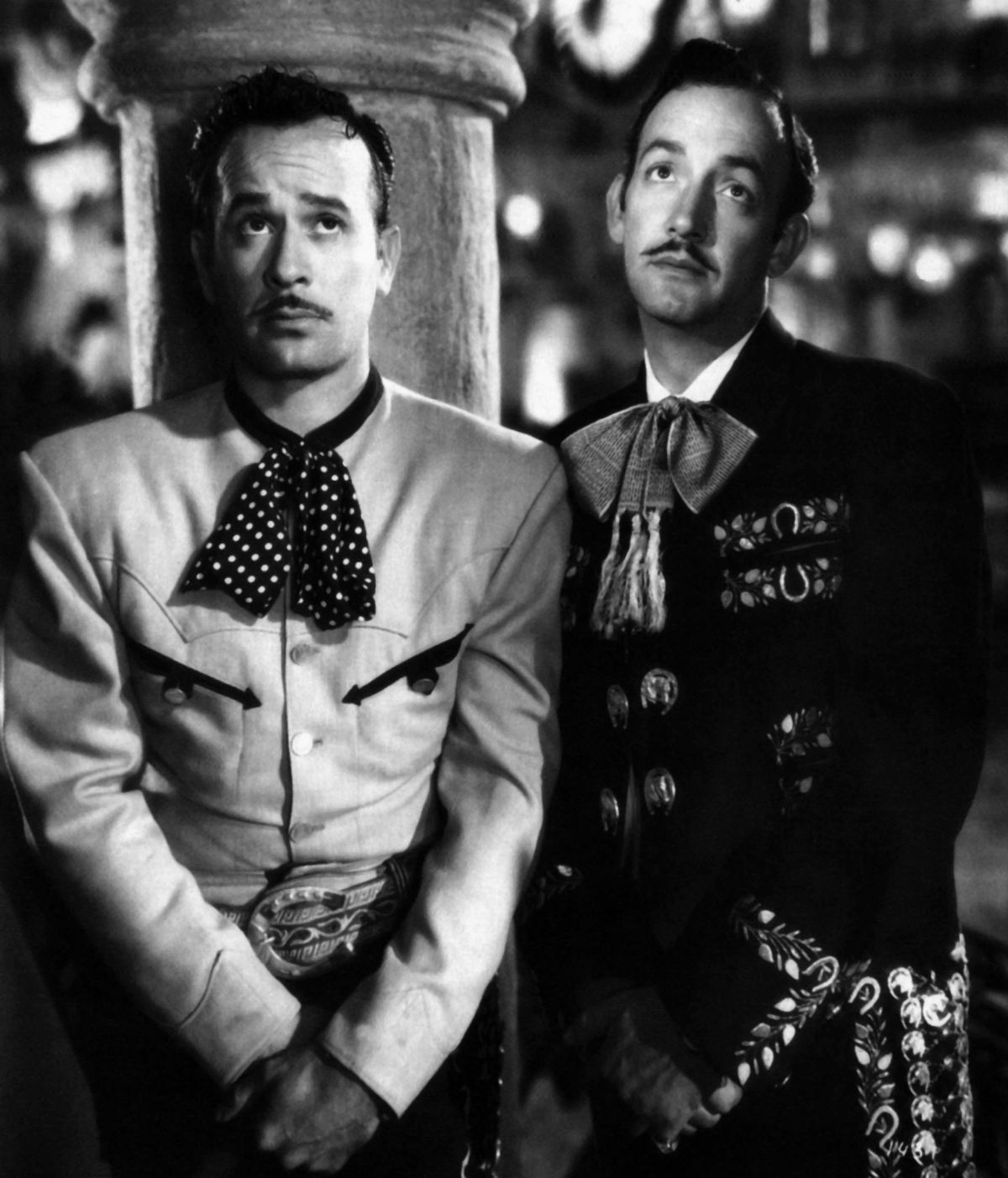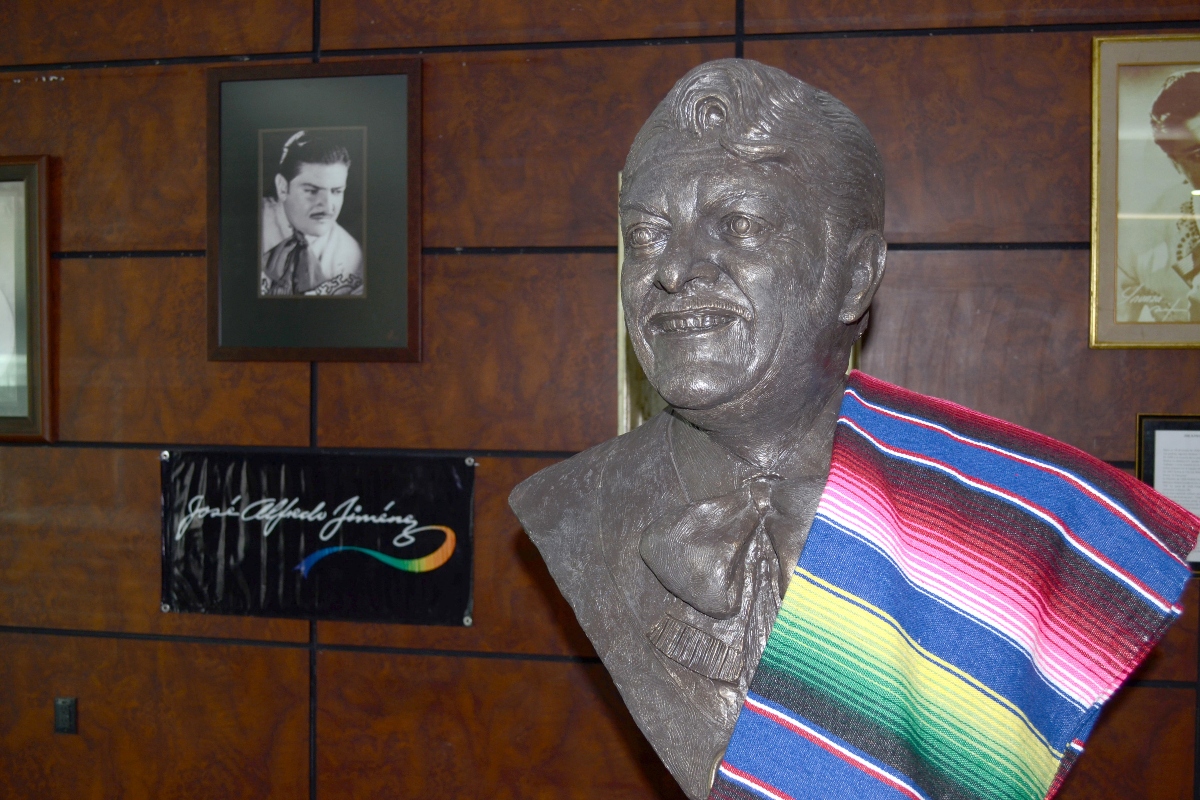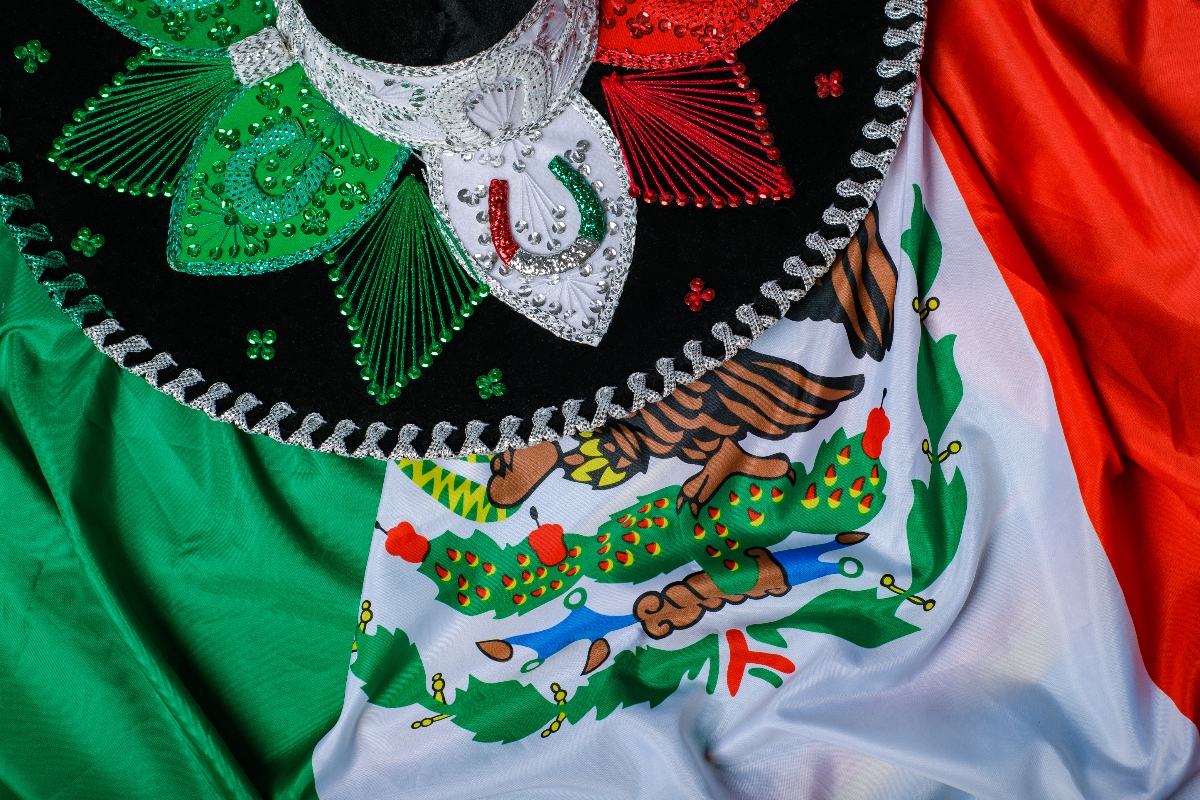Regional Mexican music has been much more than just a soundtrack in cinema; it has been the soul of countless films that reflect the culture, passion and essence of the Mexican people. From golden film classics to contemporary productions, regional Mexican music has played a crucial role in the cinematic narrative.
“Cinema and regional Mexican music have grown together, feeding off each other,” once said Pedro Infante, one of the most iconic stars of the golden age of Mexican cinema.
Golden cinema

During the 1940s and 1950s, Mexican golden cinema brought regional Mexican music to the big screen.
Films such as Nosotros los Pobres and Tizoc featured ranchera songs performed by legendary figures such as Pedro Infante and Jorge Negrete.
The music not only added emotion to the story, but also served to express the feelings of the Mexican people.
National sentiment

Classics such as Caminos de Guanajuato and José Alfredo Jiménez’s Paloma Querida have been a fundamental part of films that portray life in the countryside and the daily struggle of the people.
Regional Mexican music has played a crucial role in film narrative
QueOnnda.com
These songs have transcended generations and continue to resonate in the collective memory.
Evolution of Mexican regional music

In recent years, regional Mexican music has found a new space in contemporary cinema, merging with other musical genres to attract new audiences.
Films such as Alfonso Cuarón‘s Roma have incorporated ranchera songs to add authenticity and nostalgia.
Likewise, soundtracks for soap operas and Hollywood films have incorporated artists such as Banda MS and Christian Nodal, taking the genre to a new level of global recognition.
Cultural identity

The use of Mexican regional music in film has not only enriched plots, but has also reinforced the sense of identity of Hispanics in the United States.
The presence of these sounds in films is a reminder of pride in Mexican roots.
For more information, visit QueOnnda.com.























